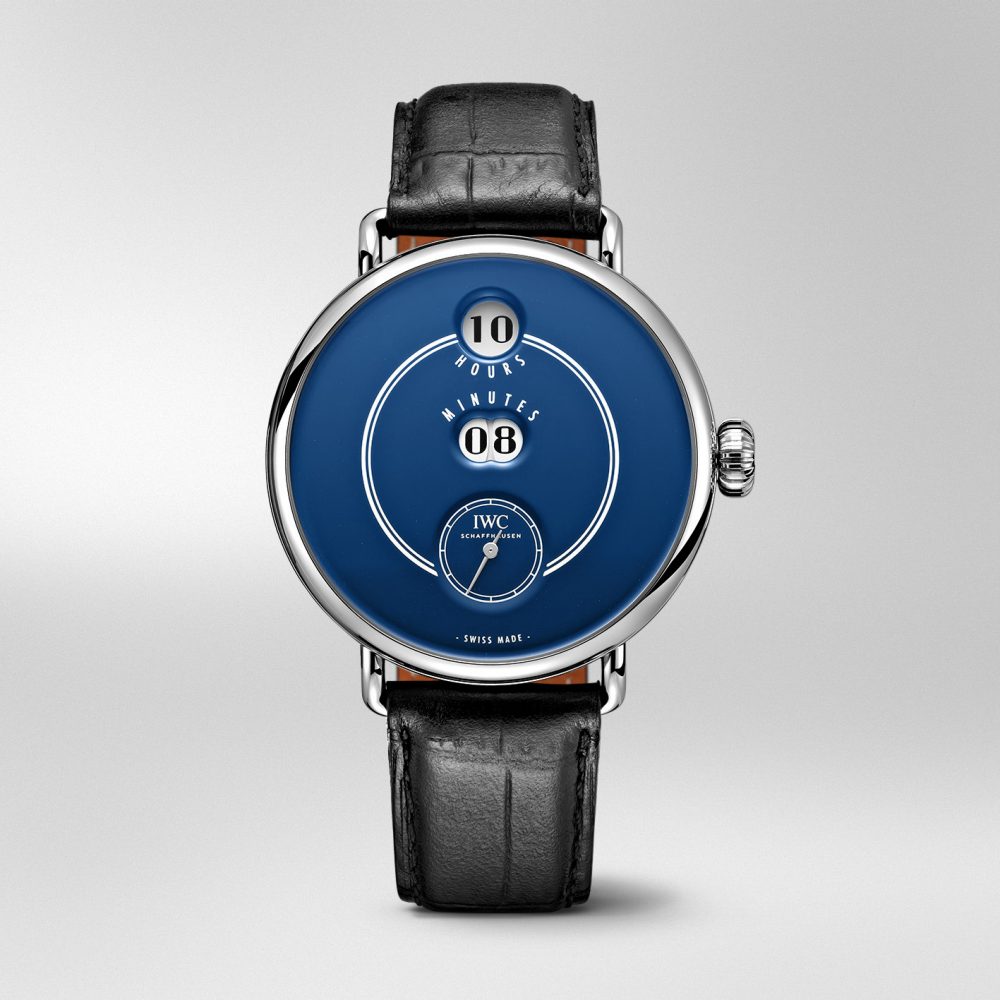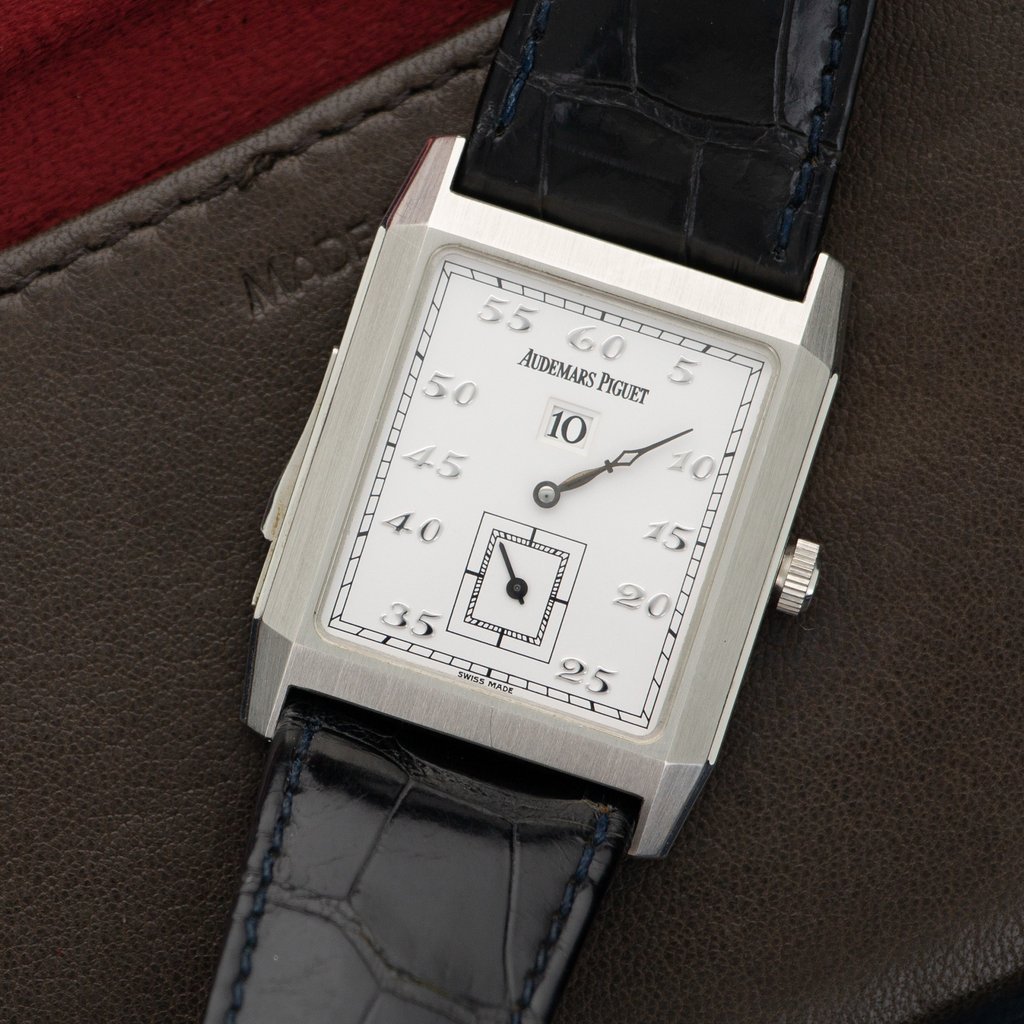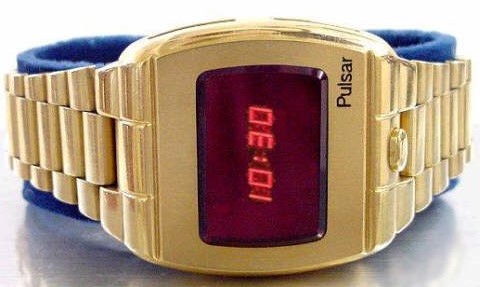When Did Digital Watches First Come Out?
In today’s digital age, it’s easy to envision a digital watch as more of a personal computer than a timepiece. This sentiment is especially reinforced by the existence of smartwatch technology—as well as the developmental history of watches moving from mechanical movements to electronic quartz (in terms of popular design). However, digital watches started out far from binary computing and batteries. Long before texting, GPS, alarms, etc…in wristwatches, pocket watches were at the forefront of digital timekeeping. Indeed, the first digital displays date back as far as the early 1800s.
Though the trend of digital didn’t truly stick until the 1970s—with the advent of electronic movements—these original digit-display watches held their own fascination in their day. This fascination, however, didn’t always last.

As it were, the emphasis on the display of these proto-digital watches was on the “digit” part of “digital”. These watches were mechanical timepieces that timed the reveal of new digits minute-by-minute—without the use of hands (oh my). This hands-free approach was quite a hook for watchmakers trying to bring the next-big-thing to the market. By 1881 this technology experienced a surge of popularity in the United States and abroad. However—much like disco—the popularity died off within about a decade. Even with the backing of Swiss watchmaker IWC (International Watch Company), the Austrian designed Pallweber movement couldn’t keep up with traditional watch works. The devil of this issue was certainly in the details. With heavy discs carrying the digits, the movements on the Pallweber digital watches required more friction. Because of this, their winds couldn’t make it through a whole 24 hours without needing to be wound again—which was not competitive in the late 19th century. These movements were also primarily built by hand, which was costing IWC—and the other companies employing watchmakers—to lose quite a bit of money in overhead. So, unfortunately—despite the initial popularity of these designs—watch companies backed far away from digital timekeeping. However, this was not the end for mechanical digital timekeeping.

Fast forward: Mechanical digital watches had a slight comeback and similar fall from grace in the early 1920s. A particular watch of note was Audemars Piguet’s jump-hour design. This watch functioned a lot like a date wheel does on most modern wristwatches, but featured a jumping hour at the top of every 60 minute cycle. Being an initial success, this Art Deco designed rectangular watch captured the architectural sensibilities of the early 20th century. Being a reflection of culture, the American spirit of the roaring twenties had its time to shine through this digital piece. And so, it remained decently popular—until the American stock market crashed in 1929. This was the beginning of the Great Depression, as well as the end of another popular digital wristwatch trend. However, even though the Piguet eventually disappeared, this still wasn’t the death knell for digital.

In 1972 Hamilton released their revolutionary “Pulsar” design. This piece sold at a whopping $2,100 (equivalent to about $12,000 today). By the end of the 70s electronic digital watches were selling for 10 dollars a pop—solidifying the digital style as an affordable way to keep time. From that point on key innovators like Seiko and Casio began developing their own proto-smartwatches. These pieces feature(d) things like calculators, cameras, and even built-in televisions. So, even though disco “died” at the end of the 70s, the (electronic) digital wristwatch continued into the 21st century.
Looking forward: Though the history of the digital watch has its roots in ticking gears and spinning wheels, it’s made its way into a new digital frontier. With a few failed take-offs and rough landings, digital took its time to find its legs in the watch world. Now a bonafide tradition in timekeeping, it will be interesting to see what innovations are in store for these types of timepieces. For now, keep an eye on the dial and be thankful for such an affordable piece of history. Perhaps the old guard will be brought back one day, mechanisms and all, for some old fashioned nostalgia. Until then, set an alarm, send a text, and keep on diggin’ the modern digits on your dial.
Times Ticking has been in operation for more than 30 years, since 1982. We have performed watch repair for customers both locally and internationally. If it Ticks! We KNOW it! Our team of watch repair technicians have a combined experience in watchmaking of over 120 years.

